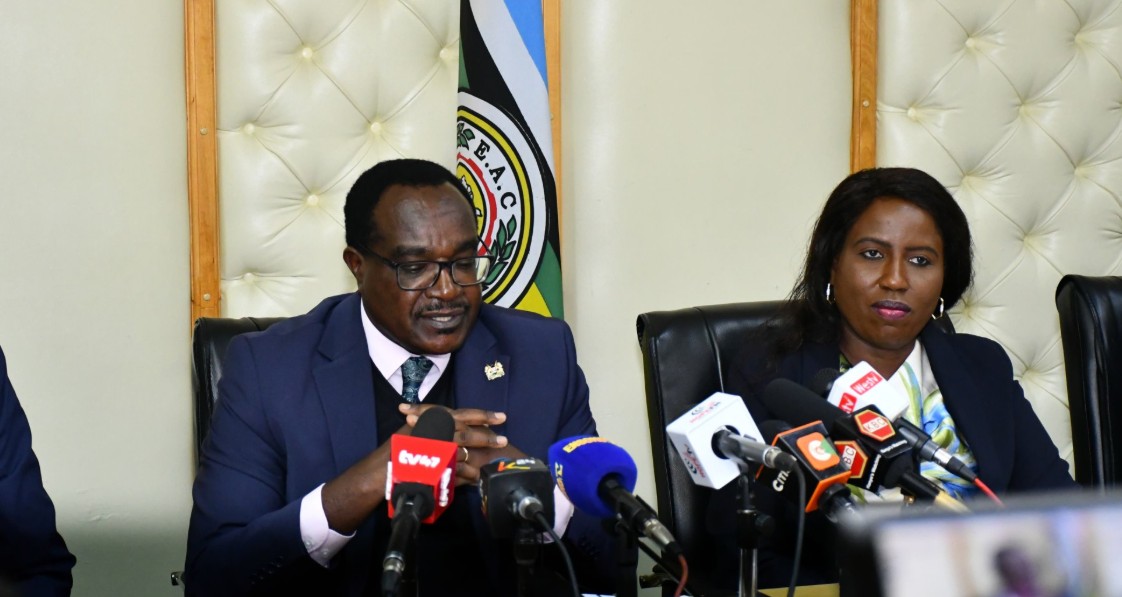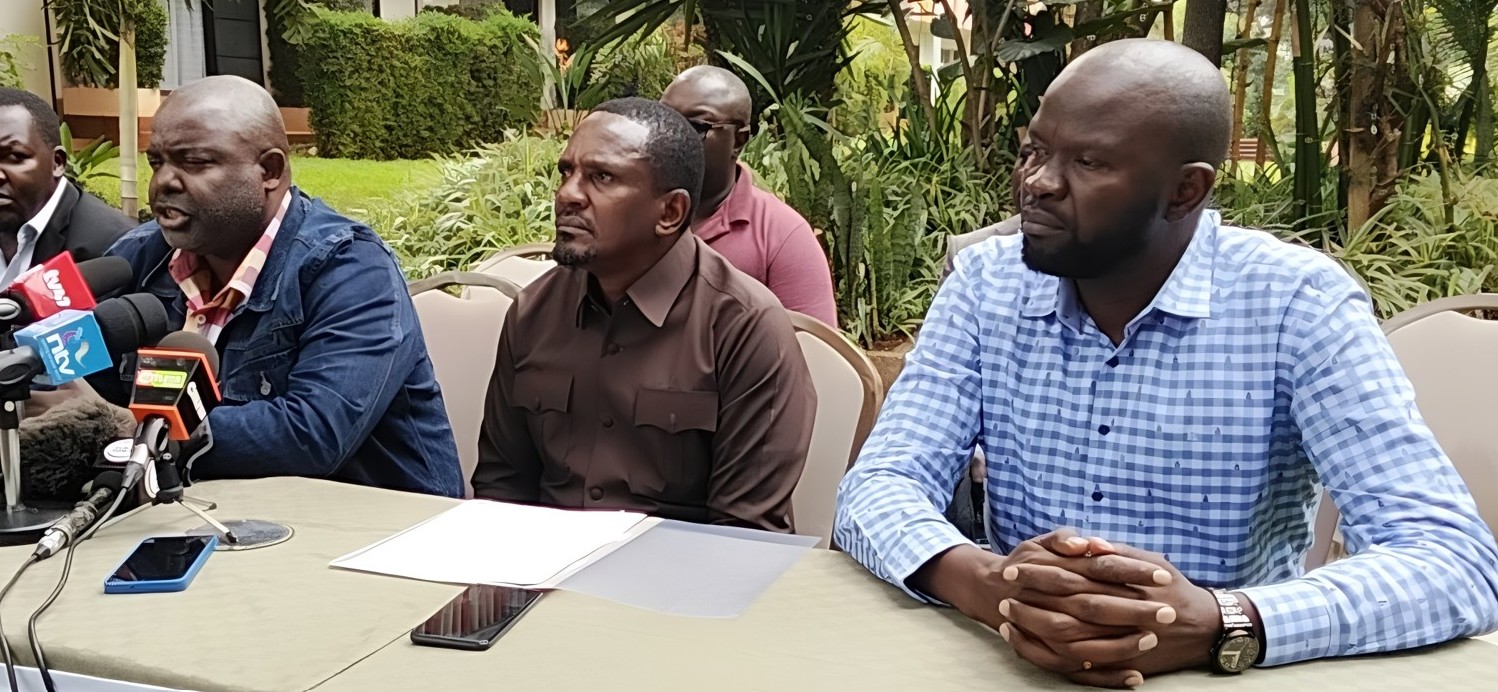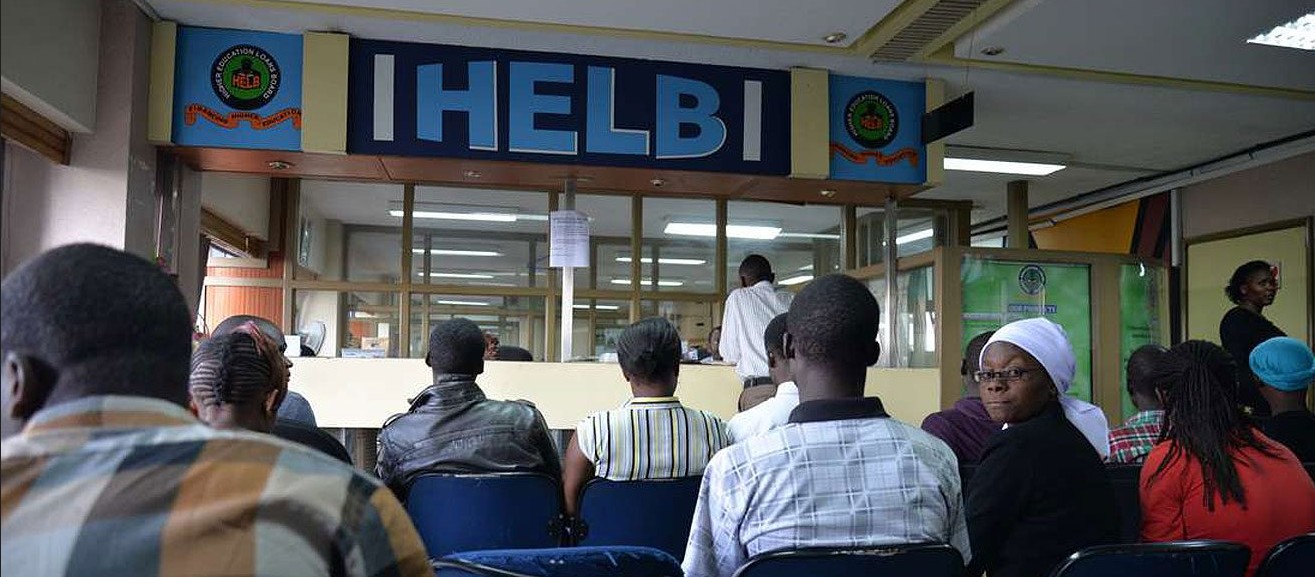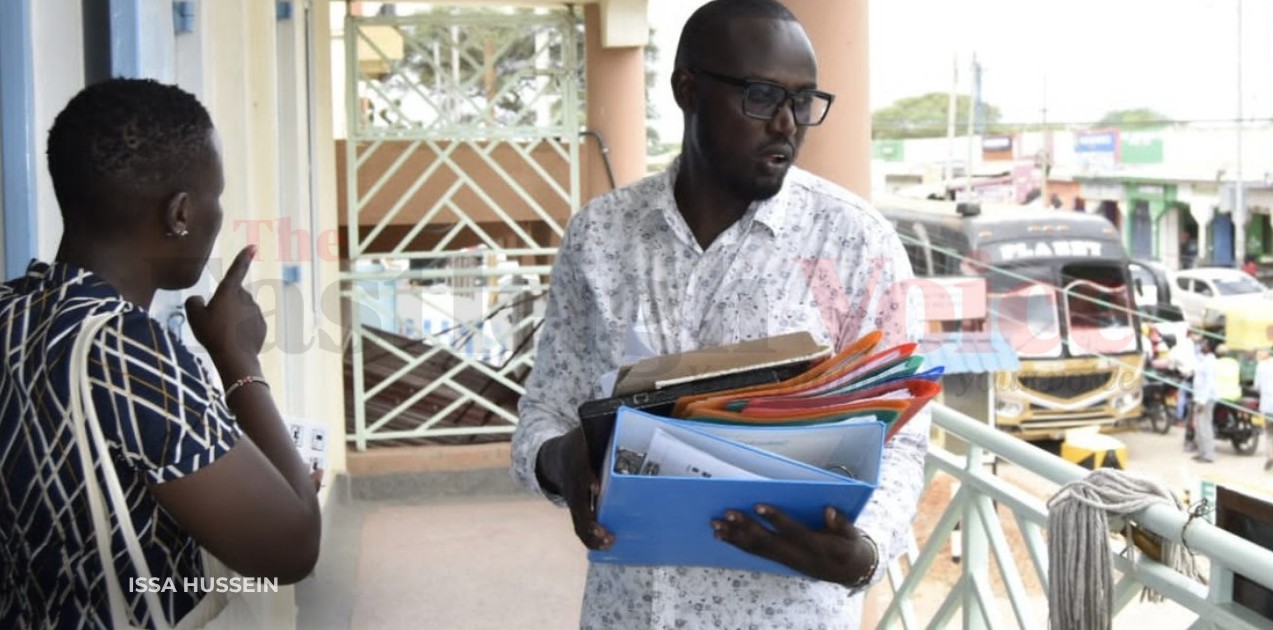Cholera cases worsen in Horn of Africa as floods persist
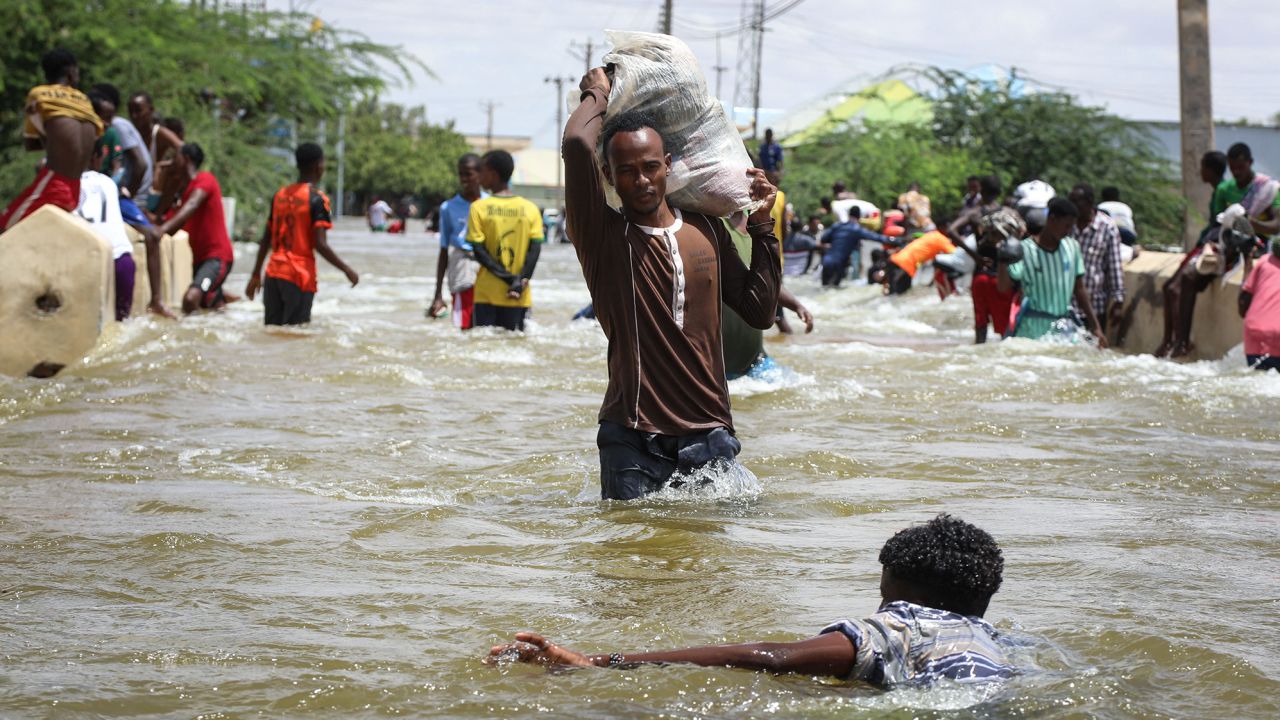
Forecasted rains are expected to worsen the situation, with more than 1.2 million individuals at risk of cholera.
A new status report by the Food Security and Nutrition Working Group (FSNWG) shows that cholera outbreaks have increased in the Horn of Africa owing to heavy rains and floods.
FSNWG, a regional platform co-chaired by the IGAD Climate Prediction and Applications Centre (ICPAC) and the Food and Agriculture Organisation (FAO), released the report on Thursday, April 25, 2024.
More To Read
- MSF calls for urgent scale-up in water, sanitation programmes amid rising cholera cases in Abyei, South Sudan
- 25 youths join IGAD’s inaugural leadership training cohort
- Kenya braces for wet and warm days in five-day met forecast
- Kenya unveils 2024–2030 disaster risk strategy to protect lives and boost resilience
- IGAD calls for unified cybersecurity and AI strategy to tackle regional security challenges
- Rain, thunderstorms expected across 20 counties in latest forecast
According to FSNWG, the surge in waterborne diseases poses a threat to vulnerable populations in Ethiopia, Somalia, and Sudan, leaving flood-devastated citizens grappling with escalating cases of acute watery diarrhoea/cholera.
The devastating floods and subsequent cholera outbreaks have left vulnerable populations at heightened risk, with 80 per cent of those affected being children.
Forecasted rains are expected to worsen the situation, with more than 1.2 million individuals at risk of cholera and a Case Fatality Rate (CFR) of 1.4 per cent in Ethiopia.
In Kenya, the Kenya Meteorological Department predicted that rainfall will persist across various regions of the country, with heavy downpours expected.
On Friday, April 26, 2024, Kenya’s Deputy President Rigathi Gachagua stated that about 70 people had died, with 22 injured and eight reported missing. 24,000 households, equivalent to 120,000 people, were displaced.
Displacement worsens living conditions for the locals, who are susceptible to cholera and other waterborne diseases.
FSNWG report says that the key drivers of the spread of cholera include contaminated water supplies, a lack of access to clean water and proper sanitation, and inadequate hygiene practices that have contributed to the transmission of the disease.
However, positive impacts include water resource replenishment, agricultural growth, and water access for communities and livestock, mitigating drought conditions, food security, and livelihood improvements in the region.
Vaccination campaigns and response efforts are also underway, including water quality testing to ensure safe drinking water and the training of health workers in Somalia.
Vaccination campaigns against cholera targeted children under five in Daynile, Mahaday Balad, Burhakabe, and Bosaso districts, with low-lying areas along the Juba and Shebelle riverine regions in Somalia facing the highest risk of the outbreak.
Ethiopia was said to have achieved an impressive 99.3 per cent oral cholera vaccine (OCV) coverage in March 2024.
According to the World Health Organisation (WHO), which is coordinating vaccination campaigns in the region, over 17.2 million people in Ethiopia, Somalia, Sudan, and Kenya were vaccinated against cholera between January 2022 and December 2023.
Over 17.2 million individuals in Ethiopia, Kenya, Somalia, Sudan, and Uganda were vaccinated between January 2022 and December 2023.
Top Stories Today







